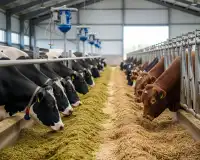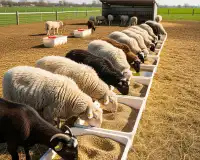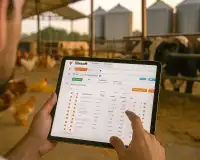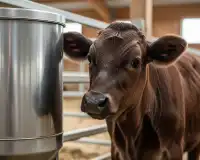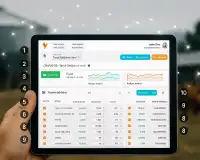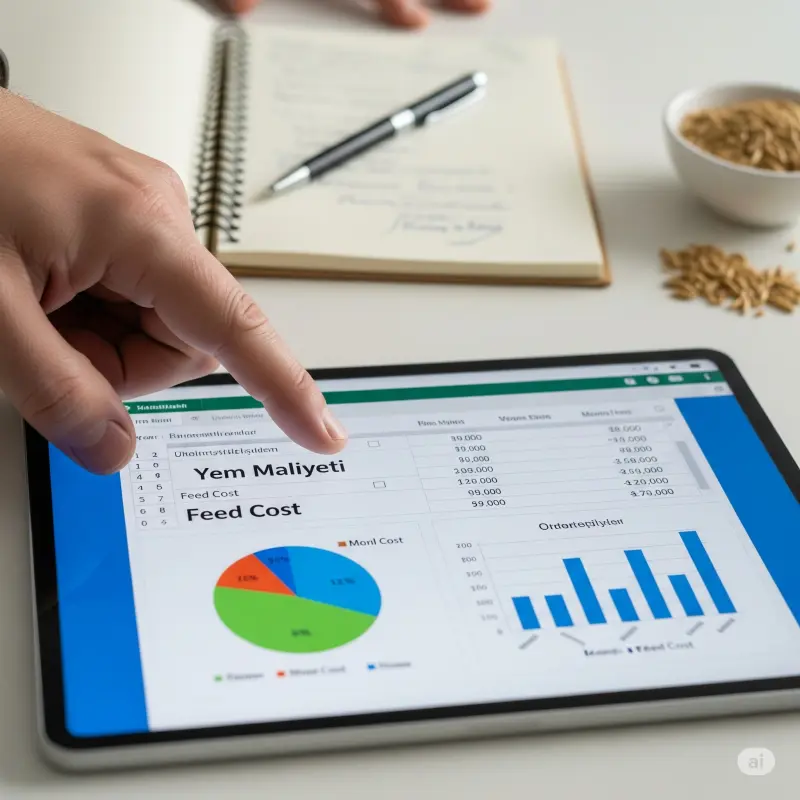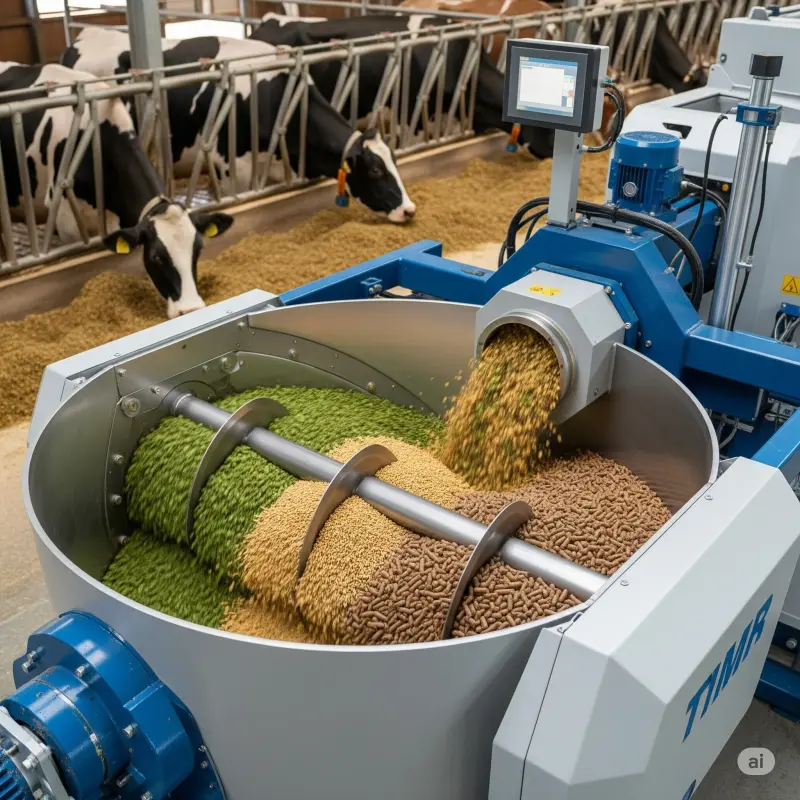Feed Mill Setup for Beginners: A Step-by-Step Guide
Considering setting up your own feed mill? This guide explores the basic steps of feed mill establishment (feasibility, site selection, design, machinery procurement, personnel, quality control). Tips for cost savings and quality control!
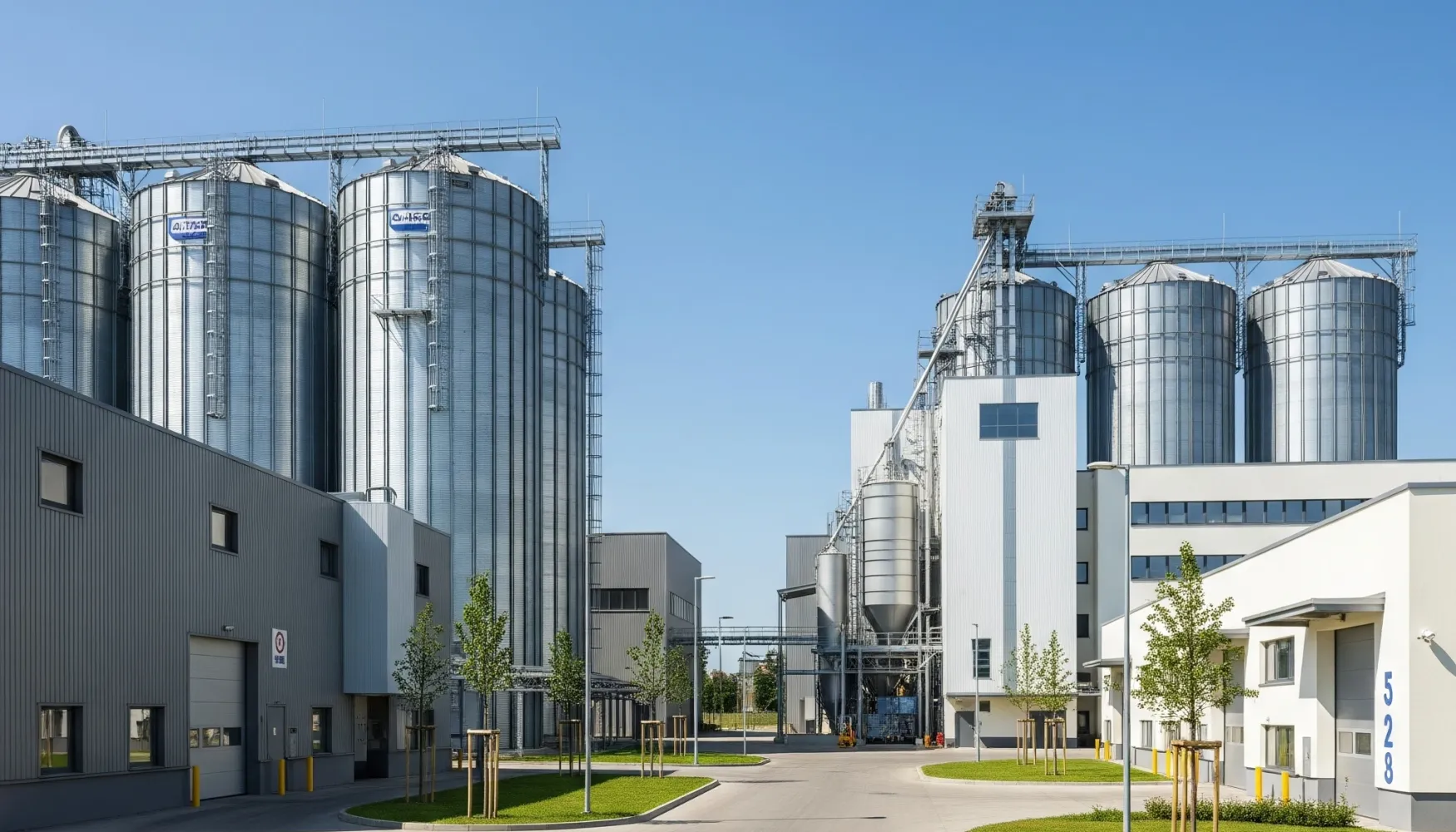
Why Should You Establish Your Own Feed Mill?
The main advantages of setting up your own feed mill include:
- Cost Savings: Feed costs are the largest expenditure for livestock operations. Producing your own feed eliminates intermediary costs and allows you to procure raw materials at more favorable prices, leading to significant savings.
- Quality Control: By ensuring quality control at every stage of the production process, you can produce fresh, reliable feeds with the precise nutritional value your animals need. This is critical for animal health and productivity.
- Ration Flexibility: With your own mill, you can instantly adjust and optimize rations according to your animals' age, species, physiological state, and production goals.
- Supply Security: You become less affected by fluctuating feed prices in the external market and disruptions in the supply chain.
- Brand Value and Reputation: As a business that produces its own high-quality feed, you gain a stronger position in the industry.
---
Key Steps in Establishing a Feed Mill:
The process of setting up a feed mill generally consists of the following stages:
- Feasibility Study and Business Plan:
- **Market Research:** Which animal species will you produce feed for? Who is your target audience? What is the feed demand and competitive landscape in your region?
- **Cost Analysis:** Detailed calculations should be made for factory setup costs (land, building, machinery, equipment), raw material costs, labor, energy, and operating expenses.
- **Financing Plan:** How will the necessary capital for establishment be secured? Loan, grant, or equity sources should be identified.
- **Projected Revenue and Profitability:** Production capacity, sales prices, and anticipated profit margins should be estimated.
- **Legal Permits and Licenses:** All necessary legal permits, licenses, and certifications for feed production (Ministry of Agriculture and Forestry approvals, environmental permits, etc.) should be researched, and application processes planned.
- Site Selection and Land Preparation:
- **Location:** Factors such as proximity to raw material supply, ease of product distribution, access to transportation networks, and water/electricity infrastructure should be considered.
- **Land Size:** A sufficiently sized plot of land should be selected for the factory building, raw material and product storage areas, administrative buildings, parking, and potential for expansion.
- **Ground Survey:** A ground survey should be conducted before construction to determine if the ground can support the factory's load.
- Factory Design and Construction:
- **Architectural and Engineering Design:** Architectural and engineering projects should be prepared to ensure the factory operates efficiently, hygienically, safely, and in line with the production flow. Raw material reception, storage, processing, mixing, pelleting, packaging, and dispatch areas should be optimized.
- **Building Construction:** The factory building should be constructed according to the project. Hygiene standards, ventilation, lighting, and safety measures are of great importance during this process.
- Machinery and Equipment Procurement:
- **Production Line:** All machinery and equipment to be used in the feed production process (grinders, mixers, pellet presses, coolers, screens, packaging machines, conveyors, silos, etc.) should be identified and procured. High-quality and reliable brands should be preferred.
- **Laboratory Equipment:** Necessary laboratory equipment for raw material and finished product analyses (moisture meters, protein analyzers, etc.) should be installed.
- **Automation Systems:** Automation systems (PLC control, computer-aided management) can be integrated to make the production process more efficient and error-free.
- Personnel Recruitment and Training:
- **Expert Personnel:** Experienced personnel should be hired for key positions such as animal nutrition specialists, production engineers, and quality control managers.
- **Operational Personnel:** Operational staff, including machine operators, warehouse personnel, and maintenance staff, should be formed, and all personnel should receive detailed training on occupational safety, hygiene, and production processes.
- Raw Material Supply and Storage:
- **Tedarik Zinciri:** Agreements should be made with reliable and sustainable raw material suppliers.
- **Depolama:** Appropriate storage conditions (dry, cool, ventilated, rodent-free) should be provided to preserve the quality of raw materials. Silo and warehouse capacities should be sufficient.
- Production and Quality Control:
- **Trial Production:** After installation is complete, trial productions should be carried out to ensure the system runs smoothly.
- **Quality Control:** Regular quality control analyses should be performed at every stage of production (from raw material reception to finished product). This ensures product quality and allows for early detection of potential issues.
- **Traceability:** Traceability from raw materials to the final product should be ensured for every batch produced.
- Pazarlama ve Dağıtım:
- **Ürün Tanıtımı:** The quality and benefits of the produced feeds should be promoted to the target audience.
- **Dağıtım Ağı:** An effective distribution network should be established to deliver products to customers.
---
Important Notes:
- Expert Support: Establishing a feed mill is a process that requires significant investment and technical knowledge. Therefore, seeking support from expert consultants in every stage of the project (feasibility, design, machine selection, ration preparation) will increase your chances of success.
- Teknoloji ve Otomasyon: Modern feed mills utilize advanced technology and automation systems to increase efficiency and quality. Although they may seem costly initially, they save on labor and errors in the long run.
- Sürdürülebilirlik: Building a factory that will reduce environmental impact (energy efficiency, waste management) and adopt sustainable production principles is important for future success.
Establishing your own feed mill is a major and strategic step for the future of your livestock business. With proper planning, expert support, and diligent execution, it is possible to reap the rewards of this investment.
